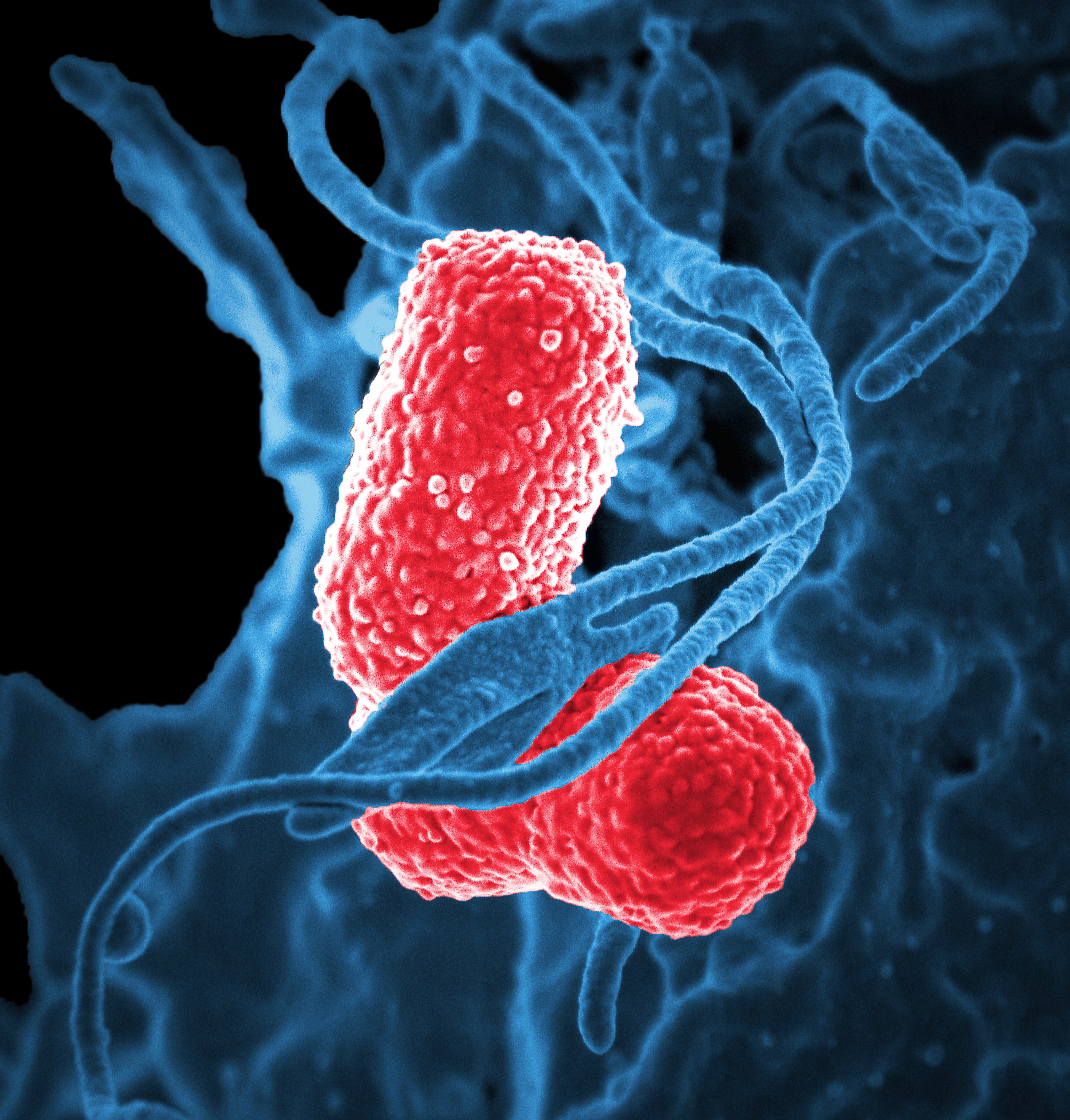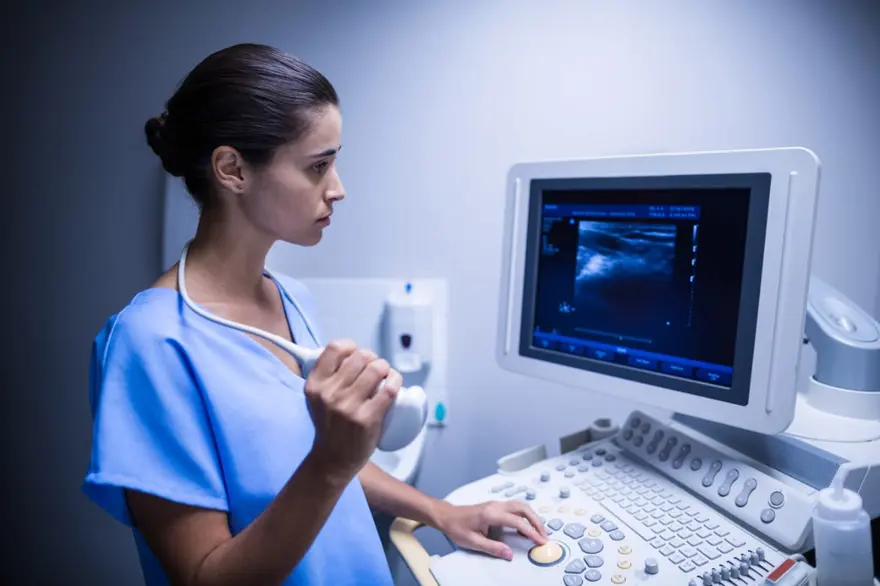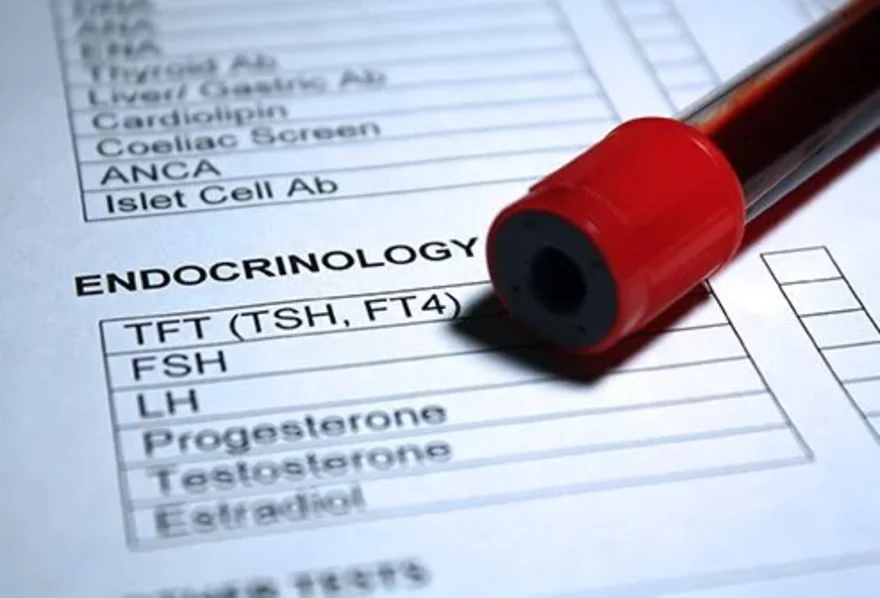Preventive Healthcare
Pneumonia: Types, Symptoms, Causes and Treatment
19264 Views
0

What is Pneumonia?
Pneumonia is an infection of the lungs that can be caused by viruses, bacteria or fungi. This infection can lead to the accumulation of fluid in the air sacs of the lungs, in turn making the patient difficult to breathe.
This lung infection can affect anyone. However, children under the age of two and individuals over the age of 65 are at a higher risk. Because their immune systems may not be powerful enough to combat it.
Pneumonia is a serious illness that can be fatal, so it's important to see a doctor if you think you have it. Depending on the advancement of the condition, you will likely need to be hospitalised and treated with antibiotics.
Symptoms of Pneumonia
Here is an overview of some classic symptoms of pneumonia:
- Coughing: A forceful, sudden way of emitting air from your body due to an irritation in the throat or air passage. When a foreign particle or irritating agent is present in the airways, they send a signal to the nerves, which in turn notify the brain. In the case of pneumonia, you may also notice the cough contains phlegm or a similar discharge.
- Chest Pain: Another classic symptom of pneumonia, chest pain can be quite unsettling. Since this condition directly attacks the lungs and the airways, chest pain becomes a common symptom.
- Fever and Chills: This is a clear demarcation between a bad case of the common cold or flu and pneumonia. The former mostly attacks the upper respiratory system, that is, the nose and throat. Pneumonia, however, attacks the lungs, leading to a rapid onset of high fever followed by sweating and chills.
- Fatigue: Owing to fever, chills, and chest pain, fatigue is another common symptom of pneumonia.
- Shortness of Breath: Due to the lungs being compromised, even normal breathing at rest might be a task, and external aid might be required in extreme cases.
- Nausea or Diarrhoea: Although it is an infection in the airways, your body can react strongly with a vomiting episode or diarrhoea. This can make the consumption of solid food and liquids a challenge.
Overall, the symptoms might seem severe, but they may not be life-threatening in all cases. Treatment for pneumonia depends on the severity of the infection and the underlying cause.
Causes of Pneumonia
There are many causes of pneumonia, including viruses, bacteria, and fungi. Pneumonia can also be caused by inhaling irritants such as chemicals or smoke. In some cases, pneumonia may be caused by a more serious underlying condition, such as cancer or HIV. In general, your immunity system might be strong enough to ward off these airborne pathogens, but they can sometimes make it through to your body.
The two most frequent causes of viral pneumonia in adults are the flu (influenza virus) and the common cold (rhinovirus). In young children, viral pneumonia is most frequently caused by the respiratory syncytial virus. The other common causes are Streptococcus pneumoniae, Haemophilus influenzae, and Mycoplasma pneumoniae. Pneumonia can develop after a cold or the flu; however, it can also occur without any prior illness
Types of Pneumonia
There are a few different types of pneumonia, each with its own symptoms and treatment options. There are four categories of pneumonia: community transmitted, hospital-acquired, healthcare-acquired, and aspiration.
Community transmitted
- Viral pneumonia: It is primarily caused by a virus. This type is usually less severe and can often be treated at home with rest and fluids. However, some people may need to be hospitalised for severe symptoms.
- Bacterial pneumonia: As is evident by the name, bacterial pneumonia is caused by bacteria. Bacterial pneumonia can be more severe than viral pneumonia and may require antibiotics to clear the infection. People with this type of pneumonia may also need to be hospitalized for treatment in extreme circumstances.
- Fungal pneumonia: Fungal pneumonia is not as common as the other two. This type is caused by fungi and can often be treated with antifungal medications. People with fungal pneumonia may also need to be hospitalised for treatment.
Hospital-acquired
This is a type of pneumonia wherein the patient is exposed to the disease while hospitalised for another illness. This can be quite severe and even life-threatening as the pathogens/bacteria are present in a hospital setting and, therefore, more resistant to antibiotics and other medications.
Healthcare-acquired
Apart from proper hospitalization, people can also develop pneumonia in outpatient clinics and long-term facilities. Similar to hospital-acquired, bacterial infections can also be quite severe as they are resistant to medications.
Aspiration
Due to a poor gag reflex caused by a brain injury or excess consumption of alcohol or drugs, food, drink, or even vomit can enter the air passage instead of the digestive passage. This leads to aspiration pneumonia.
Treatment For Pneumonia
Although the exact treatment for pneumonia depends on the type, here are three common ways to treat it apart from hospitalization:
- Antibiotics: Since bacterial pneumonia is the most pervasive, it might require a dose of strong antibiotics. Your doctor will identify the bacteria behind the infection and suggest the best medicine. They might suggest a different alternative if the symptoms don’t reduce or diminish.
- Cough suppressant: A cough is a common but irritating symptom that can interfere with your recovery. Your doctor might also recommend a form of cough medicine or suppressant. However, do remember that coughing moves the fluid in your lungs, so its function is necessary. As a result, if at all possible, use this medication sparingly.
- Medicine to reduce fever and fatigue: It might also be necessary to use certain medications and pain relievers to reduce the fever and body pain. Classic drugs include aspirin, ibuprofen, and tylenol.
How is Pneumonia Tested?
Pneumonia is a lung infection that can be fatal if left untreated. Early pneumonia testing procedures, diagnosis and treatment are critical for the best possible outcome.
A physical examination will typically reveal signs of inflammation in the lungs, such as decreased breath sounds or increased vocal sounds when breathing.
There are a few different ways to test for pneumonia. A doctor may order a chest X-ray, blood tests or a sputum culture.
Diagnostic Procedures and Tests
The following pneumonia testing procedures may be performed if your doctor suspects pneumonia for you.
A chest X-ray is the most common way to diagnose pneumonia. This imaging test can show the doctor if your lungs are full of fluid or if there is inflammation in the lungs.
A CBC test - A complete blood count can determine the level of immunity in your system that is actively battling an illness. An increased number of WBCs is a sign that a bacterial infection, such as pneumonia, is present. Blood tests for pneumonia can tell the doctor if you have an infection in your lungs.
Pulse oximetry: The amount of oxygen in your blood is measured by pulse oximetry. With pneumonia, your lungs may not be able to deliver enough oxygen to your blood. A pulse oximeter is a tiny sensor used to measure oxygen levels. It is fastened to the finger to check the oxygen level in your lungs.
Additional tests, as shared below, are advised by the doctor, if you are old, have severe symptoms or are experiencing other health issues.
A Blood Gas Test checks the blood oxygen levels by taking a sample of blood from the artery on your wrist and is performed for severely ill patients.
A Sputum Test is used to identify the precise pathogen causing pneumonia by analysing a sputum (spit) sample or mucus from your cough. A sputum culture can identify the specific type of bacteria that is causing the infection.
A Blood Culture Test is done to see if the infection has moved from the lungs to the bloodstream. It entails drawing blood from a vein and testing it for bacteria. Normally, bacteria should not be present in the bloodstream. Blood cultures are performed to identify the bacteria that caused pneumonia and to help doctors determine the best medication to use. When the findings of the blood or sputum cultures are complete, your doctor may switch you to a different antibiotic.
A Polymerase Chain Reaction (PCR) test identifies the DNA of the bacteria responsible for causing pneumonia in a blood or sputum sample.
A Bronchoscopy Procedure can be required if the treatment modality is not working. To find out further, the doctor may advise this test where the tissue of the lungs and the fluid samples of the lungs are taken and tested.
A Chest Computed Tomography (CT) scan reveals pneumonia-affected lung tissue. Additionally, it can spot side effects like lung abscesses or pleural diseases.
Conclusion
Pneumonia is a serious lung infection that can be fatal if not treated properly. It can be caused by bacteria, viruses, or fungi and spread through the air or by contact with respiratory secretions. However, pneumonia is beatable in most cases with proper treatment and rest.
To find out more about other dangerous conditions like pneumonia or to undertake other diagnostic tests such as stress, CRP, or liver function tests, reach out to us at Metropolis Health. A key player in the diagnostic industry, our state-of-the-art labs are spread across several countries. For more information on our testing prices and procedures, contact us today.
 Home Visit
Home Visit Upload
Upload














1701259759.webp)









 WhatsApp
WhatsApp